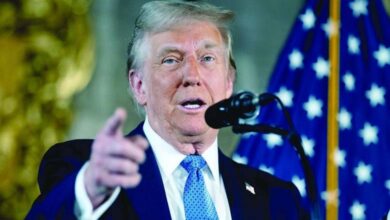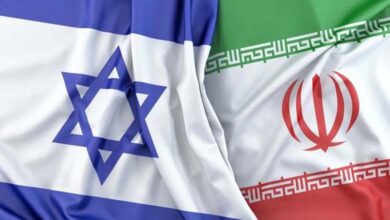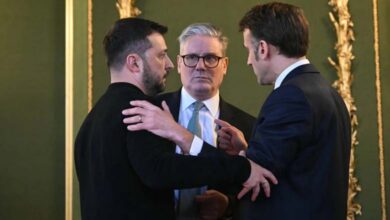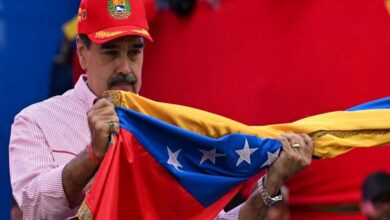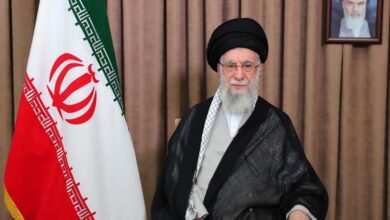Exploited by Terrorist Groups: How Extremists Have Distorted the Islamic Appearance
A recent report by “24 Network” indicates that extremists in religion, or those who misunderstand the true essence of Islam, perceive true religiosity as a set of restrictions and prohibitions that eliminate freedom, limit life choices, or focus solely on appearance and formal rituals. This misunderstanding of Muslim identity has been exploited, thereby distorting Islam and its followers.
The report highlights that these extremists and hardliners are adept only at showcasing an artificial cover of religiosity. This includes practices like growing a beard and hair, shortening garments, the way a turban is tied, and using the miswak. According to the report, these pseudo-religious individuals focus on displaying an outward appearance of piety—devoid of ethics or righteous deeds—stripping religiosity of its content, purpose, and impact. They have been exposed as mere images that represent only themselves, without embodying the spirit and tolerance of the religion.
-
The Muslim Brotherhood: The First Terrorist Organization to Establish the Idea of Global Jihad.. How?
-
Reasons to classify the Muslim Brotherhood in Sudan as a “terrorist group”
The primary reason terrorist groups exploit the Islamic appearance is to market their misguided and unjust ideas, presenting themselves as representatives of Sunni Islam, as the people of monotheism and purity of creed. They position themselves as the chosen ones of God, overburdening this appearance with meanings it cannot bear, thereby harming Islam, distorting its teachings, and robbing the nation of its most significant landmarks, according to the report.
These extremists, who do not represent Islam, deliberately distort the religion by generalizing harmful or distorted judgments even on every devout believer. Consequently, the features of religious identity have become exclusively associated with terrorist groups, as if the religion does not have adherents who are moderate or tolerant and understand the essence of the faith. Additionally, the Islamic appearance and attire have been subject to internal and external mockery in various media outlets.
-
Terrorist Organizations Distort Religious Texts… What Did Ali Gomaa Say About This?
-
Losses and Crises: Somali Al-Shabaab Movement Suffers Defeats Due to Its Terrorist Crimes
This has contributed to inciting and antagonizing different segments of society, instilling a fear of categorization. This is evident in many mistaken practices and perceptions that have made the Muslim identity, attire, and appearance sources of suspicion and doubt, to the extent that they have become triggers for social phobia.



